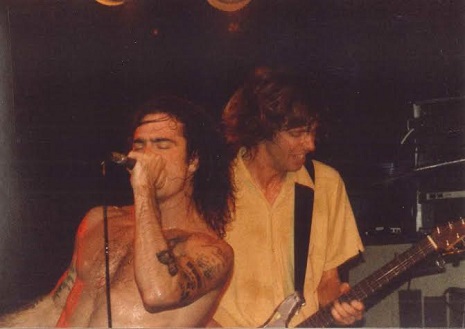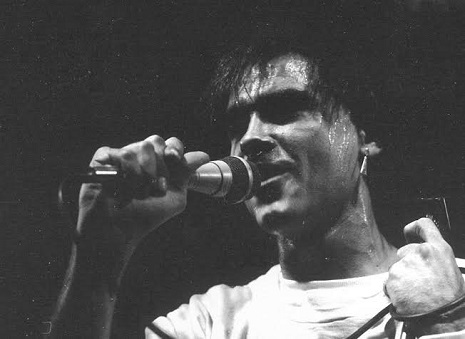
According to Nick Lowe, the first musical release he did “all by myself” was a bizarrely enthusiastic fan club-style ditty written in mock adulation of one of the dominant pop sensations of 1975, the Scottish quintet known as the Bay City Rollers. The same song was also the catalyst from his sorely desired move from United Artists to Stiff Records, the independent label that did so much to define a certain brand of brainy pop in the early punk era, including, in addition to Lowe, Elvis Costello, The Damned, and Ian Dury.

“Bay City Rollers We Love You,” by the ad-hoc (and fictional) outfit “Tartan Horde,” in addition to being a damn fine pop ditty (I’ve included it on plenty of mixes over the years), is one of the more intriguing products of the continual strife between pop artists and record executives, an honorable lineage that includes Prince scrawling “Slave” on his cheek, Neil Young’s Landing on Water, the Sex Pistols’ “EMI,” and Graham Parker’s “Mercury Poisoning.” (It might not be a coincidence that two of the examples named here emerged in the the UK of the late 1970s, the same general record label petri dish that Lowe was working in.)

The Bay City Rollers
Here’s an account of the single’s creation, drawn from Punk Diary: The Ultimate Trainspotter’s Guide to Underground Rock, 1970-1982 by George Gimarc:
Back in 1975, when Brinsley Schwartz split, United Artists were quite keen on keeping Nick Lowe under contract. He had written the songs, he was the “valuable one.” He desperately wanted out of the contract so he could pursue his own things and puzzled about how to do it he decided to submit some really bad records to UA. Lowe recalled “I couldn’t be obvious about it by turning in Country & Western songs with sitars [not a bad idea!] … so I decided to make one of those fan type records like in the ‘60s …. at the time there was no escaping the Bay City Rollers they were everywhere! So I wrote this stupid little song. … I recorded it and it was actually the very first thing I’d done all by myself.
The song was written pseudonymously, under the slightly hilarious name “Terry Modern.” I haven’t been able to track down the personnel on the song, but that sure is Rat Scabies of The Damned in that picture up top. The Internet contains several references to the song “topping the charts” in Japan, but I haven’t seen details. Here’s the Japanese cover art, which is very Peter Max influenced:





























